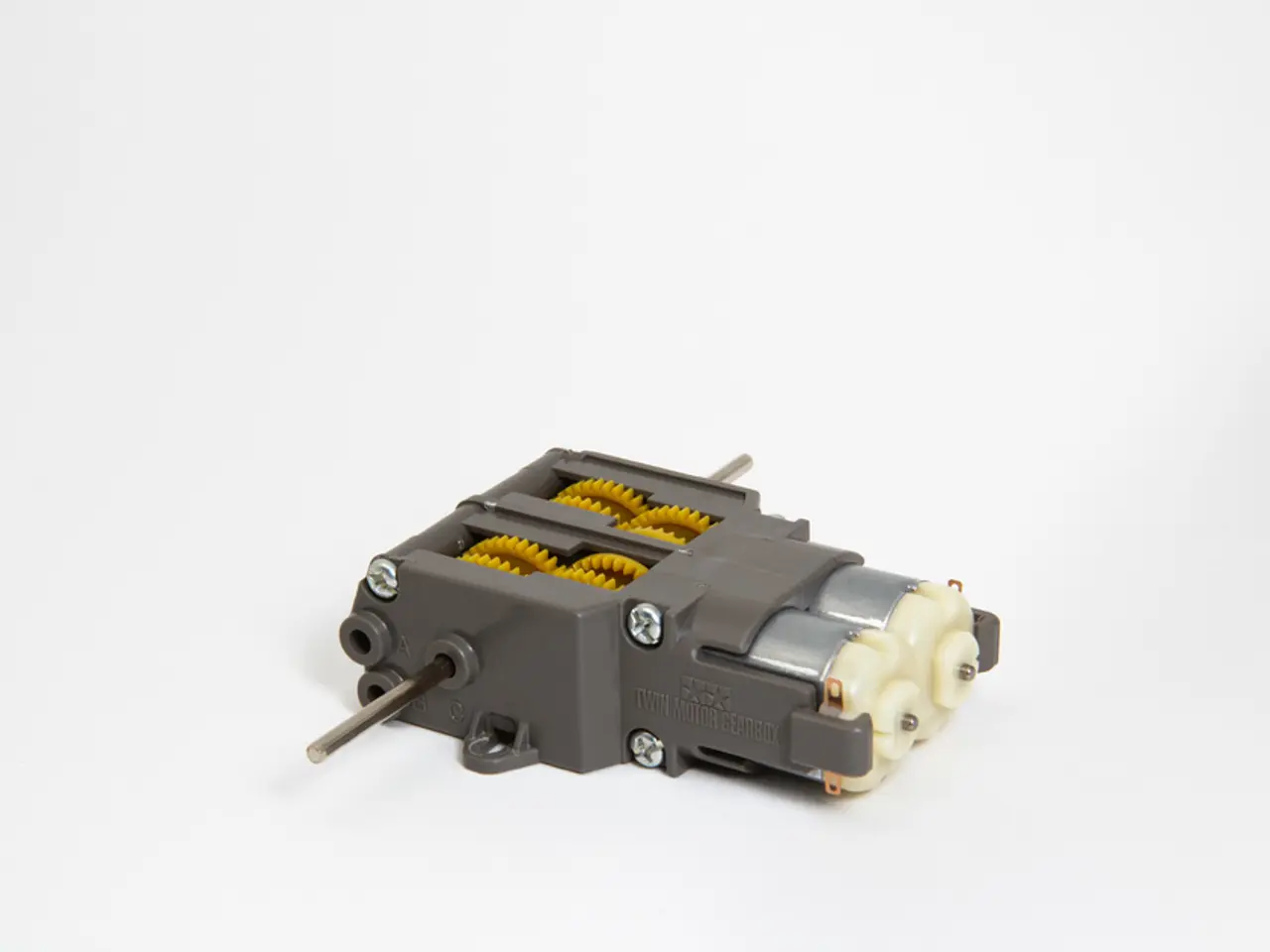Unveiling the potential and hurdles of magnetic engines: An exclusive exploration of magnetic motor advancements
Revolutionizing Energy and Technology: The Rise of Magnetic Motors
In the realm of scientific advancements, magnetic motors are making a significant impact, particularly in the fields of quantum mechanics, materials science, and nanotechnology. These breakthroughs are paving the way for new methods to harness and manipulate magnetic fields, driving progress in various industries.
The focus of current research and development (R&D) efforts is on improving the efficiency, torque density, compactness, and sustainability of permanent magnet motors (PMMs). This push is largely influenced by their growing use in electric vehicles (EVs), robotics, and advanced manufacturing. The magnetic motor market is projected to expand significantly, mirroring the intensified R&D and adoption across industries.
A substantial portion of R&D targets the integration of high-efficiency, compact, and high-torque brushless permanent magnet motors in EV powertrains. This development is crucial for improving energy efficiency and range, key factors for the expanding EV market, which sold nearly 14 million units globally in 2023 and is expected to reach around 39 million by 2030.
Research in robotics emphasizes the use of rare earth magnets in humanoid robotic motors to deliver high torque density and energy efficiency. The robotics sector, especially humanoid robots, drives a rising demand for rare earth magnet motors, which is expected to increase magnet demand sevenfold by 2036.
Emerging research into electrostatic motors aims to provide alternatives to traditional electromagnetic motors, potentially offering better efficiency, lower costs, modularity, and reduced environmental impact. These motors are eyed for renewable energy, robotics, and advanced manufacturing applications.
Significant R&D is also directed towards overcoming challenges in rare earth magnet supply and environmental concerns. Innovations include scalable rare earth refining, performance improvements, cost reduction, and recycling strategies for rare earth elements from end-of-life products.
Magnetic motors offer several benefits, including high efficiency and compactness, vital in automotive and robotics applications. They also provide environmental advantages by improving energy efficiency, thus supporting sustainable practices in transportation and manufacturing. Performance enhancements, such as high torque density and reliable operation under demanding conditions, boost performance in EV powertrains, industrial machinery, and humanoid robotics.
However, the dependence on rare earth elements raises supply risks and environmental concerns, particularly regarding mining impacts, regulatory restrictions, and cost. Ensuring regulatory compliance with environmental standards and developing cost-competitive manufacturing and recycling technologies remain critical challenges.
While promising, newer technologies like electrostatic motors still require maturation to match or exceed the performance and cost-effectiveness of established electromagnetic systems before wide industrial uptake.
As we delve deeper into the mysteries of magnetism, the potential for magnetic motors to revolutionize transportation, energy production, and technology becomes clearer. Research questions include whether magnetism can power our world, create a frictionless, more efficient motor, harness magnetic fields to store energy, and integrate magnetic motors into existing technologies without compromising performance.
Researchers are exploring novel materials, optimized designs, and innovative control strategies to overcome the challenges of magnetic motors. One promising area for magnetic motors is in the development of electric vehicles, which could lead to a significant reduction in energy consumption and emissions.
Magnetic motors offer advantages such as higher efficiency, reduced size, and increased speed compared to traditional electric motors. They have the potential to significantly impact various industries, including aerospace, transportation, renewable energy, and miniature systems.
One significant challenge in magnetic motors is the availability and cost of materials like rare earth metals (neodymium and samarium). Researchers are exploring alternative materials and innovative processes to address these challenges. Innovations in recycling processes and the use of sustainable materials are contributing to a cleaner, greener future for magnetic motor technology.
Integrating magnetic motors into existing infrastructure and systems requires careful planning and stakeholder engagement to ensure compatibility with current power grids and transportation networks, while also considering the implications on existing industrial and urban landscapes.
As we move forward, the future of magnetic motors looks promising, with potential to reshape our world in ways we can only begin to imagine.
In the exploration of novel materials and optimized designs for magnetic motors, other scientific disciplines like materials science and chemistry play a crucial role in the search for alternative materials to rare earth metals, reducing dependency and costs.
The growing expansion of the magnetic motor market, driven by the intensified R&D and adoption in various industries such as electric vehicles and robotics, opens opportunities for technology advancements in energy production, transportation, and more, beyond the current focus on efficiency and compactness.




